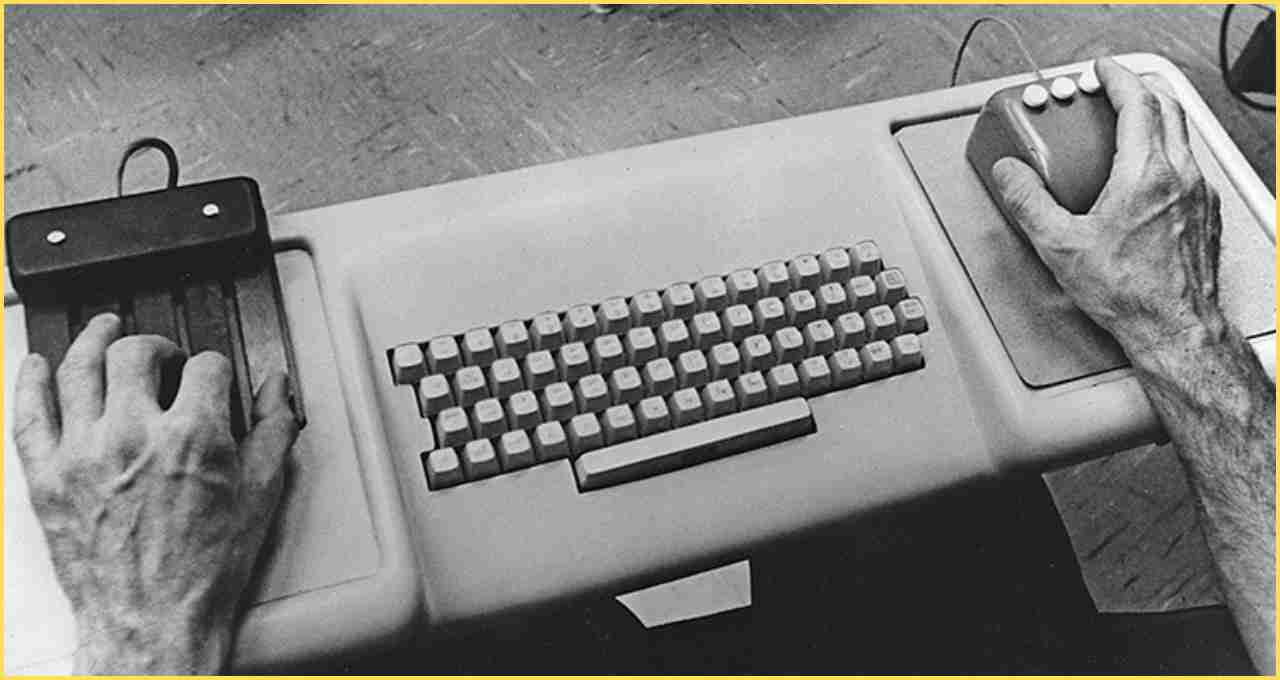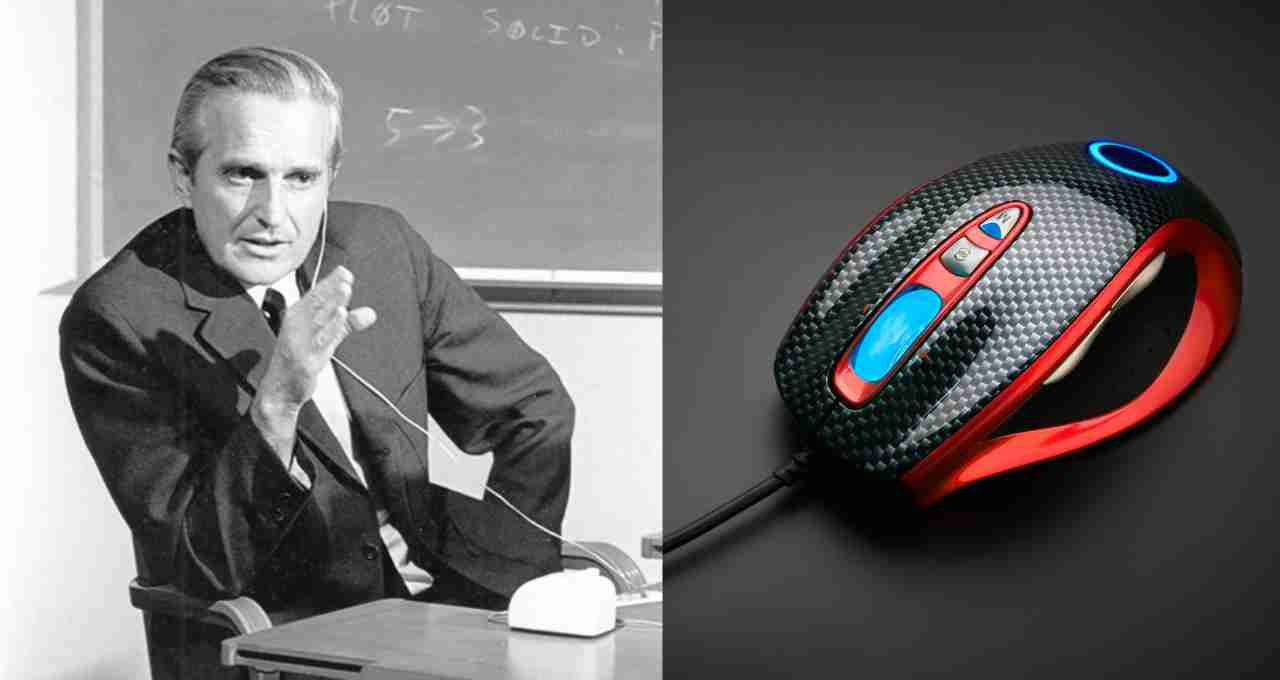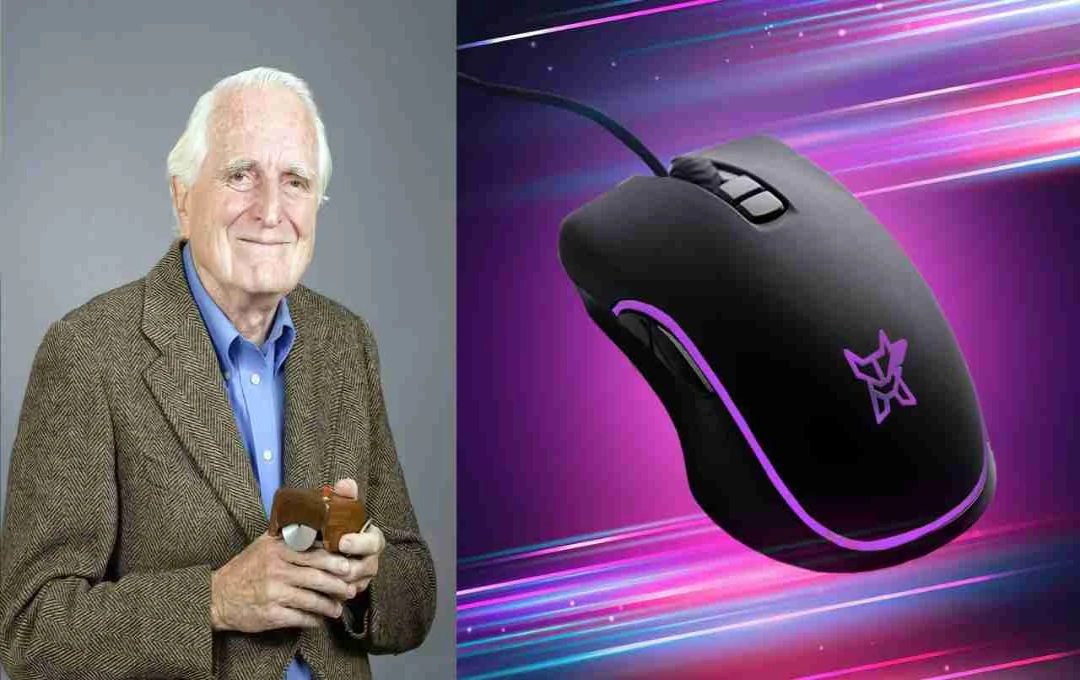Whenever we use a computer mouse, we rarely think about the brilliant mind behind this small device that transformed the technological landscape of the world. That person was none other than Douglas Carl Engelbart – an American scientist, inventor, and visionary whose thinking was decades ahead of his time. He not only created technology but also built a bridge between human intelligence and machines.
Early Life: From an Ordinary Boy to an Extraordinary Scientist
Douglas Carl Engelbart was born on January 30, 1925, in Portland, Oregon, USA. He was the middle child of three. When he was eight years old, his father passed away, and his family moved to a rural area. Despite hardships and limited resources, Douglas remained focused on his studies and learning new things. During World War II, he served as a radio and radar technician in the US Navy. It was here, on a small island called Leyte in the Philippines, that he read Vannevar Bush's famous article 'As We May Think.' This article ignited a fire in his mind regarding the merging of technology and human intelligence, which shaped the course of his life.
Education and Early Career: The Making of a Visionary
In 1948, he obtained a bachelor's degree in Electrical Engineering from Oregon State University. Subsequently, he earned master's and PhD degrees from the University of California, Berkeley. During this time, he conducted extensive research in areas such as computers, data storage, and circuit design. While at Berkeley, he participated in the development of the CALDIC computer and also earned several patents. However, his dream was not just to build computers but to 'augment' human intellectual capability through technology – that is, to enhance it.
The Birthplace of Innovation: SRI and the Augmentation Research Center

In 1957, Douglas joined SRI International (then Stanford Research Institute). It was here that he prepared a research report titled 'Augmenting Human Intellect: A Conceptual Framework,' in which he defined the collaboration between computers and the human brain. Under his leadership, the Augmentation Research Center was established, where he created a team that was working on future technologies. This laboratory laid the foundation for ubiquitous technical innovations such as the computer mouse, bitmap screens, word processing, hypertext, and graphical user interfaces.
The Beginning of a Revolution: 'The Mother of All Demos' – A Historic Demonstration
On December 9, 1968, Engelbart presented his work to the world in what became known as 'The Mother of All Demos.' In this demo, he introduced technologies such as the computer mouse, hyperlinks, screen sharing, real-time editing, and video calling – at a time when perhaps hardly anyone had even heard the name of the internet. This presentation was not only technically impressive, but it was also a glimpse into the digital life of the coming era. It would not be wrong to say that this one demo laid the foundation for the personal computer revolution.
The Mouse: A Small Device, A Big Revolution
Engelbart, along with his assistant Bill English, created the first prototype of the computer mouse. It was a wooden box with two metal wheels attached. He applied for a patent for it in 1967 and received the patent in 1970. Interestingly, Engelbart never took royalties for the mouse. SRI licensed this patent to Apple for a mere $40,000. Nevertheless, Engelbart's vision was beyond personal gain – he only wanted to empower the collective intelligence of humanity.
Struggles and Marginalization: When the World Wasn't Ready

In the 1970s, as the era of personal computing began to dawn, Douglas's central network-based thinking began to diverge from the mainstream. Many collaborators moved to Xerox PARC, and Douglas gradually moved away from the tech world. While at TimeShare and then McDonnell Douglas, he did not receive much support for his research. There was even a time when his laboratory was closed, and he was limited to an advisory position in the organization. But Douglas never stopped. He founded the "Bootstrap Institute" with his daughter Christina, which later became the Doug Engelbart Institute.
Ideology and Philosophy: The Era of Collective Intelligence
Engelbart believed that technology is not only a means to increase productivity but also a means to enhance human consciousness. He gave the theory of 'Collective IQ' – that is, how we, as a society, can make more intelligent decisions. He argued that just as language affects the way we think, so too do technological tools control our ability to process information. Therefore, if we are to improve as a society, we must improve our tools.
Honors and Achievements in Later Years
Douglas Engelbart received numerous awards for his contributions in the final years of his life. In 2000, US President Bill Clinton awarded him the National Medal of Technology. He received the Turing Award, the Lemelson-MIT Prize, the Franklin Medal, and many other global honors. In 2005, he was made a Fellow of the Computer History Museum. He also worked to modernize his old system 'Augment' through the open-source project HyperScope. On July 2, 2013, he passed away at his home in California. He was 88 years old and had been battling Alzheimer's. But his technological legacy is still alive today.
Douglas Engelbart's life reflects the truth that visionary thinkers are often not understood by the immediate society, but their work determines the direction of future generations. From the computer mouse to collaborative digital tools, his ideas have not only shaped technology but have also changed the way we think, communicate, and solve problems.















